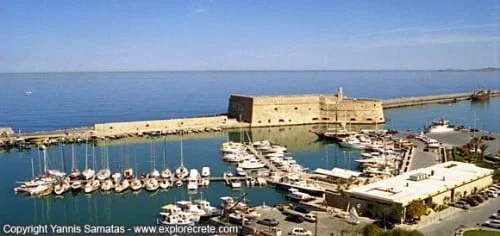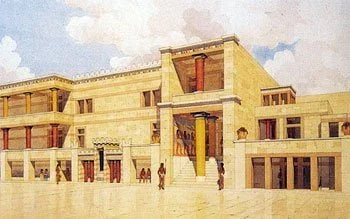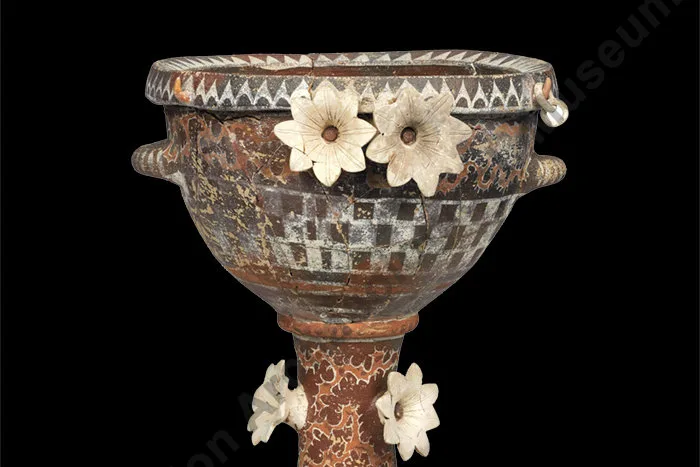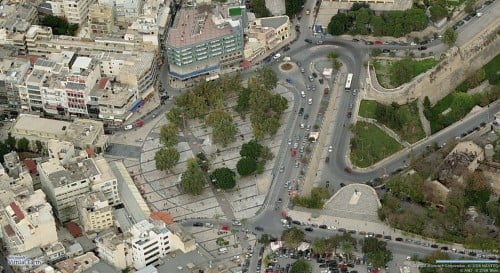Daidalou Street in Heraklion
Daidalou Street in Heraklion
Daidalou Street is in the centre of Heraklion, starting from the side of the Astoria Hotel, on the northwest side of Eleftherias Square (No 11 on the map of the square). The whole street is a paved pedestrian area lined with offices, shops and tourist shops. The street leads to the Lions Square (Eleftheriou Venizelou Square) and along it you will find the largest concentration of music shops in Heraklion.

Daidalou Street is named after Daedalus, the ingenious craftsman and symbol of scientific and technological know-how in Minoan myth.
Legend has it that Daedalus constructed the wooden cow which allowed Pasiphae, the wife of Minos, to couple with the white bull of Poseidon, producing the Minotaur. The Minotaur was a monster, a man with the head of a bull, who was imprisoned in the Labyrinth, also designed by Daedalus.
According to another myth, Daedalus and his son Icarus were the first “aviators” in human history, flying with wings of feathers secured with wax. Unfortunately the flight was marked by the tragic death of Icarus, who, full of youthful enthusiasm, flew too close to the sun. His wax wings melted and he plunged into the sea and was drowned (in the Icarian Sea, near the island of Icaria in the East Cyclades).
Daidalou Street has been closely interwoven with the history of Heraklion from the first habitation of the area, as it is thought that the first settlement arose here.
Daidalou Street runs parallel to the Arab-Byzantine wall (9th-10th century AD), the oldest fortification of the city. In other words, during the Arab and Byzantine periods this was the southernmost limit of Heraklion, with no houses further south (beyond today’s Dikeosinis Avenue). If you had walked along the same route (east to west) down Daidalou Street in the 9th century, you would have walked alongside the wall with the city on your right hand, while on your left would have been the vegetable gardens providing Heraklion with fresh produce.
Almost nothing remains of the Arab-Byzantine wall today, apart from some tiny sections hidden inside shops or between blocks of flats. With the gradual expansion of Heraklion, the area where the old wall stood was used for houses, as it no longer served any defensive purpose.
During the period of Turkish rule, Daidalou Street was no more than a narrow alley of coffee-shops, fragrant with the dizzying scent of narghiledes (hookahs) and coffee freshly roasted on the coals. An “exotic” scene reminiscent of Romanticism and paintings by Delacroix.
During the German invasion much of the centre of Heraklion was destroyed in the bombing, so the modern image of Daidalou Street dates from the post-war period.
© explorecrete.com All Rights Reserved. Reproduction or copying without permission is prohibited.






